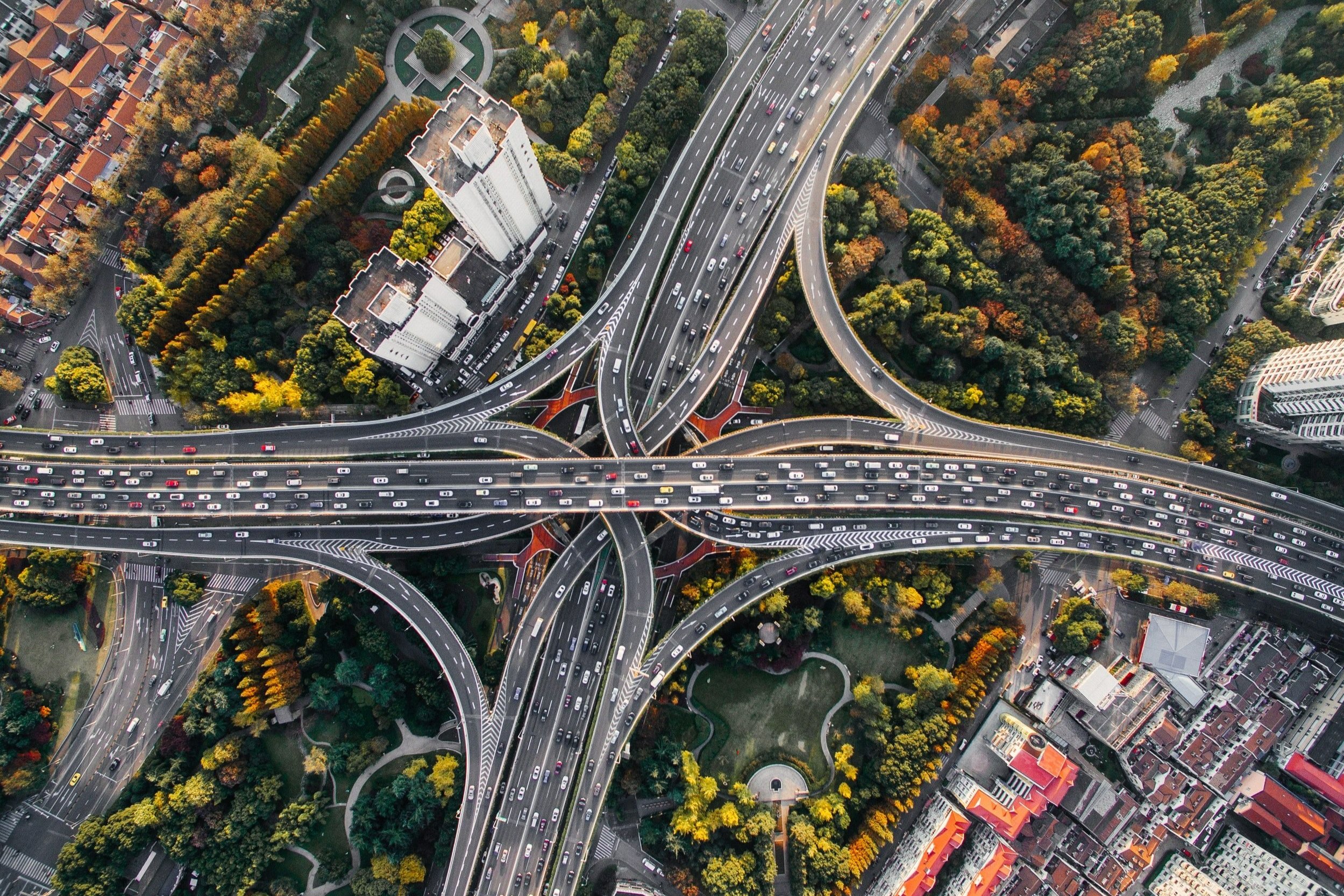Lunar New Year in modern China
Today marks the start of a new lunar year, from China, Korea, Vietnam to Mongolia, over two billion people in Asia and across the globe come together for Spring Festival. Celebrated for thousands of years, the Lunar New Year sees families and friends reunite from across cities, regions, and countries.
Since the digital revolution and the development of modern ground and air transport, Lunar New Year has also evolved with the times. From the digitization of the traditional red envelope of lucky money to the changes in Spring Festival migration caused by mass urbanization, we take a look at how Lunar New Year has changed in modern China. Below you will find a selection of resources to help expand your knowledge about what Lunar New Year looks like in the digital era.
During Lunar New Year in China, people traditionally return to their hometowns to reunite with their families. However, this article maps the recent change of reverse migration as city residents invite family members to visit them during the Spring Festival celebrations instead of making the journey to rural areas.
The large movement of people in China signifies unmatched urban and economic development under the background of rapid urbanization. Based on social networking big data from Chinese networking giant Tencent, this study analyzes the difference of population distribution during the Spring Festival holiday and the non-holiday periods.
Intercity travel during national holidays across Greater China can be challenging due to the vast numbers of travelers and the surging demand. This article explores intercity travel within Taiwan during the national holidays, to better understand intercity trip patterns to enable greater preparation for the influx of travel during this period.
These resources have been made freely accessible for 30 days starting from February 1st 2022.



